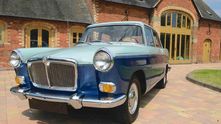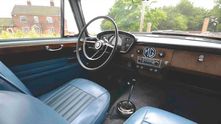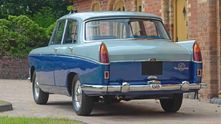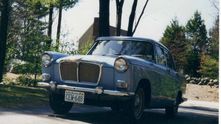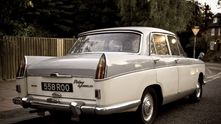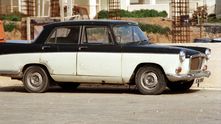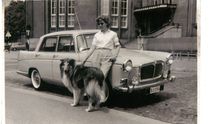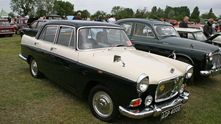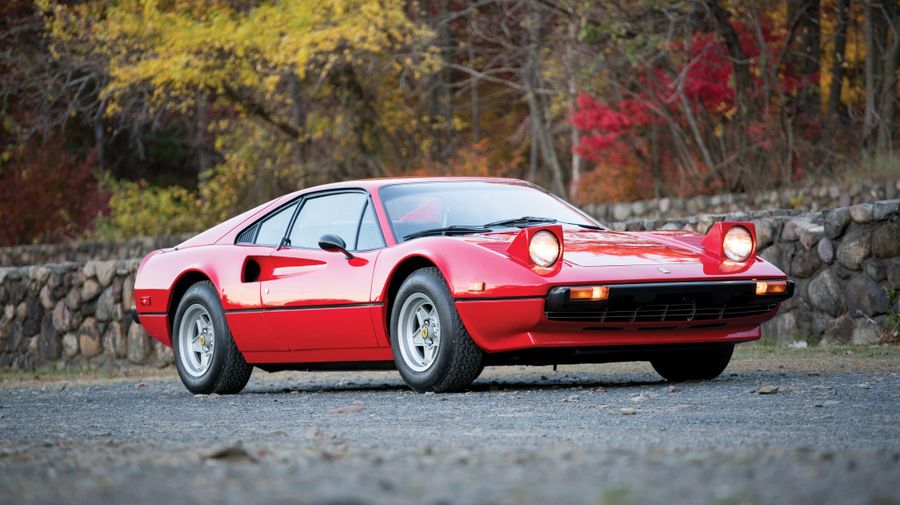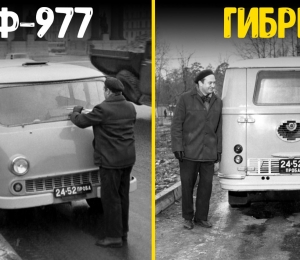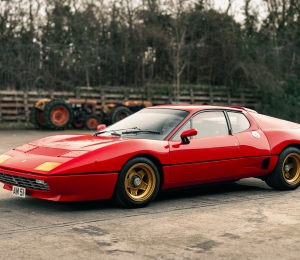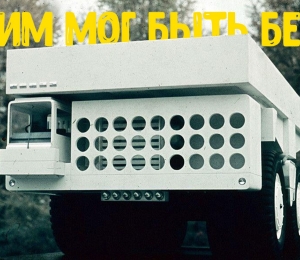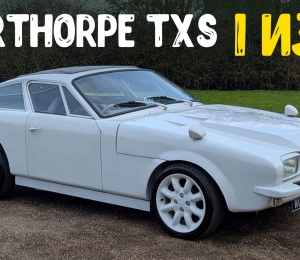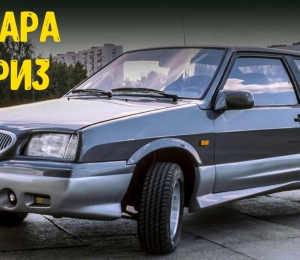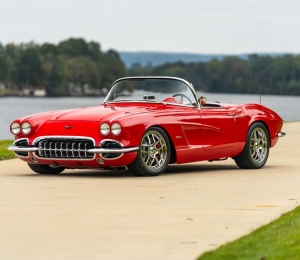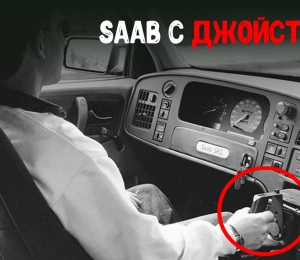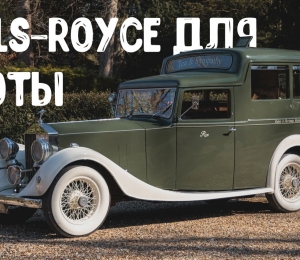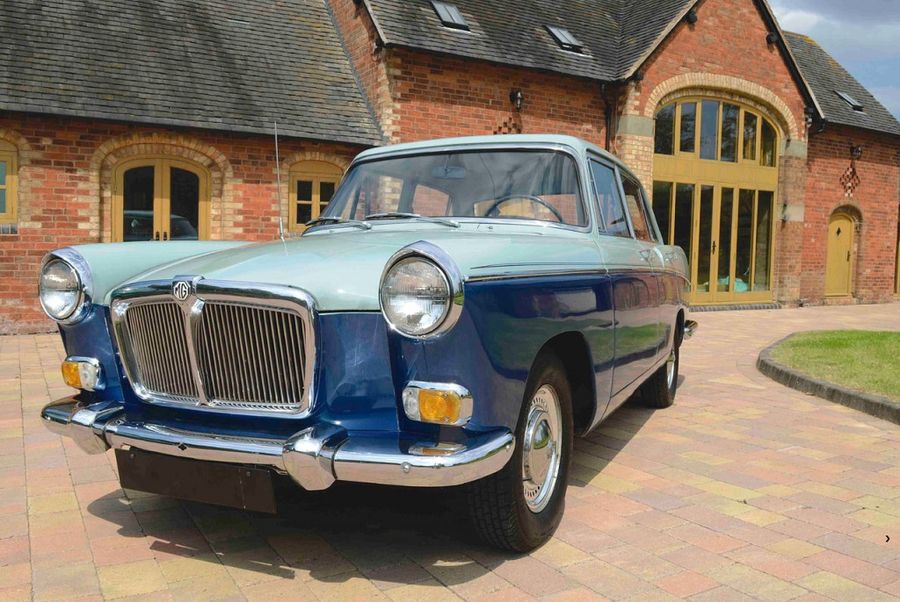
ritish car enthusiasts spend a lot of time being appalled. They were appalled by the mergers that created BMC, they were appalled by the end of BL, they were appalled by the loss of the British crown jewel motoring marques to Germany. To be model-specific, they were totally appalled by the TR7, but more disappointed than appalled by the Farina MG Magnette, although buyers of the previous ZA/ZB Magnette were definitely fully appalled.
Why the lack of enthusiasm for a shiny new MG? Essentially, the Farina Magnette was just cynical marketing, about as badge-engineered as it gets. The badge-engineering of the 1960s was small-p political. Austin workers, dealers and enthusiasts wanted nothing to do with the traditional enemy Morris, so rival dealers were provided with the same cars but with different badges. The Farina-bodied Austin Cambridge/ Morris Oxfords were also badged as Riley, Wolseley and MG to add branding and £200 extra profit. All the previously superior marques were compromised by this process, but there’s no avoiding it - marketers and accountants have been in charge for decades, and in their world everything is for sale.
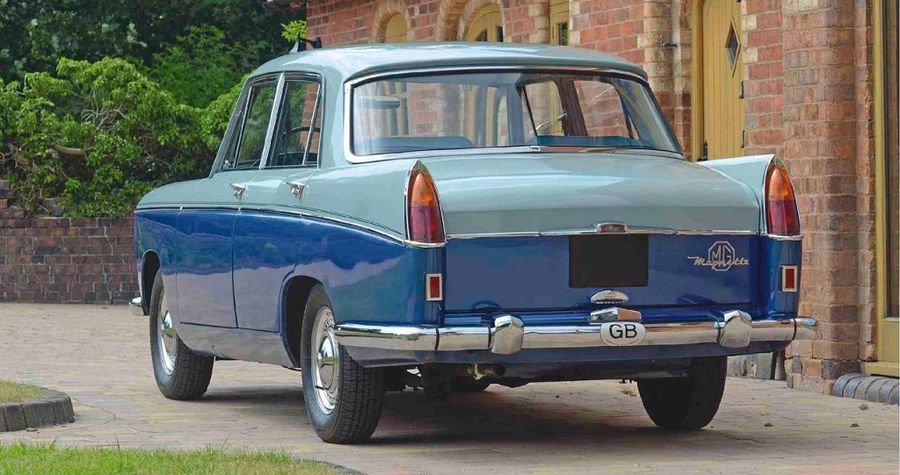
However, what’s coming soon with British marques will make previous appalling episodes look just mildly upsetting -Rolls-Royce will end up as not much more than a sticky badge on a BMW 7-series, and BMW also owns the BMC stable of historic British brand names which may be slapped on assorted shared-platform multinational FWD shopping tat before long.
Despite all this, the Farina MGs are paradoxically closer to the original roots of MG than the posh hand-built racers of the 1930s - the first MGs were Morrises with an extra carb, which is exactly what the MkIII and MkIV Magnettes are. The loudest anti-Farina-MG harrumphing in 1959 came from the buyers of the previous MG Magnette, which had at least been built at Abingdon and had some sporting pretensions - although the owners of the really ‘real’ K-Type 1930s Magnettes, seriously gorgeous and upmarket sports-racers, had probably been the most justifiably appalled by the mass-produced 1950s ZA/ZB Magnettes. They had probably run out of outrage and fury by the time the 1960s Farina MGs came along, and just made sad little broken spluttering noises.
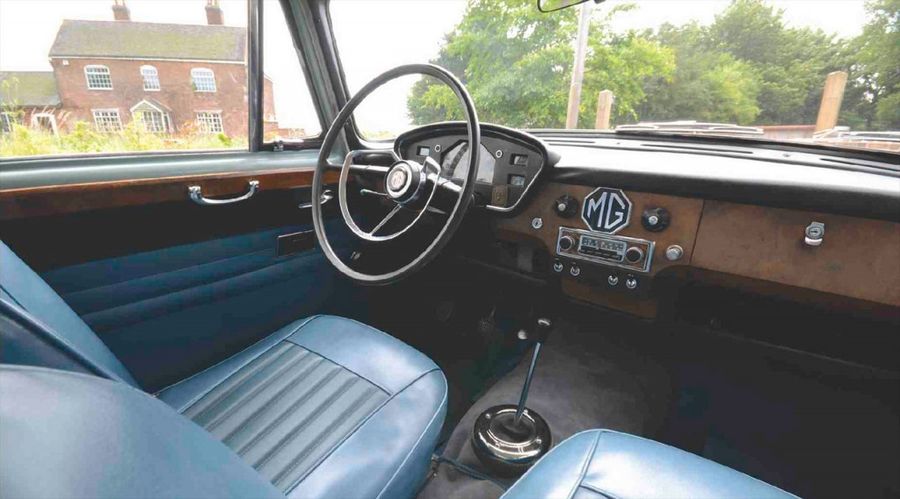
However, the ZA/ZB Magnettes were actually quite different from their similar-looking Wolseley 4/44 stablemate, and were respectable enough to retain a strong following, continuing decent prices and restoration prospects even now. Curiously the gentleman’s-club-on-wheels 2500lb Wolseley 4/44 was the one with the MG engine. It used the XPAG 1250cc engine with a single carb to achieve truly pathetic performance of 33 seconds to 60, while the contemporary MG Magnette had a 1489cc B-series engine, rack steering, firm suspension and other genuine differences, and was significantly faster.
In contrast to the relatively sporty ZA and ZB, the sharp-edged Farina MG Magnette MkIII was nothing more than a Cowley-built Austin Cambridge/Morris Oxford wearing a frock. It wasn’t even much of a frock: the car had a different grille, a nicer dash, leather seats, a second carburettor and some badges, but the structure, mechanicals and suspension were pure BMC saloon, and the steering regressed from the Z-Types’ rack to cam and lever. The Riley 4/68 had exactly the same specifications. Cost was £1013, which was £200 more than the standard Oxbridge at £816.
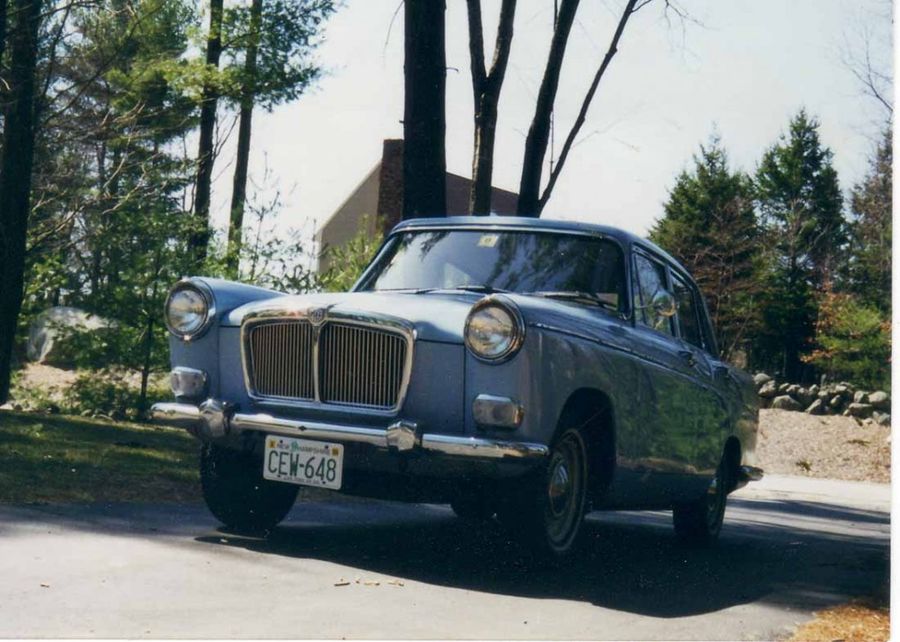
In response to a chorus of press derision and lukewarm sales for the MkIII, the MkIV Magnette appeared in 1961 with antiroll bars front and rear, wider track and better handling. It also had the bigger 1622cc B-series engine. The improvements were welcome, but too little and too late, and the public’s initial lack of enthusiasm continued until the end of production in 1968, with a total of 16,676 MkIIIs and 14,320 MkIVs built. In the final year of the MkIV, fewer than 1000 were sold.
It’s interesting to note that these Magnettes were also built under license in Argentina and sold as the SIAM Di Tella Magnette. Quite a few of those remain, and they were popular as Buenos Aires taxis because of their solidity and their good fuel consumption compared to contemporary American cars. However, from all of the above, it’s fair to say the Farina MG Magnette was not a universal object of desire in its own time. But that was then - how about now? They’re actually looking pretty good in 2014. If you can find a roadworthy example, you will have one of the rarest of MGs, which is a nice thought: nobody will notice yet another £90,000 red E-Type at a car show, but £4000 worth of Farina MG will have you chatting to the curious all day long.
They’re beginning to rise in value though, so now would be the time to hunt one down. Yet while the 1950s Magnettes are now fetching between ten and twenty thousand pounds depending on condition, a MkIII or MkIV Magnette will cost nothing like that much. Your biggest problem may be finding many from which to choose. Plenty of respected MG websites don’t even list them as a model on their classified pages, and of Magnettes offered for sale, maybe 1 in 20 or fewer would be a Farina. The sites to check out would be www.co-oc.org mgmagnette.com and www.magnette.org
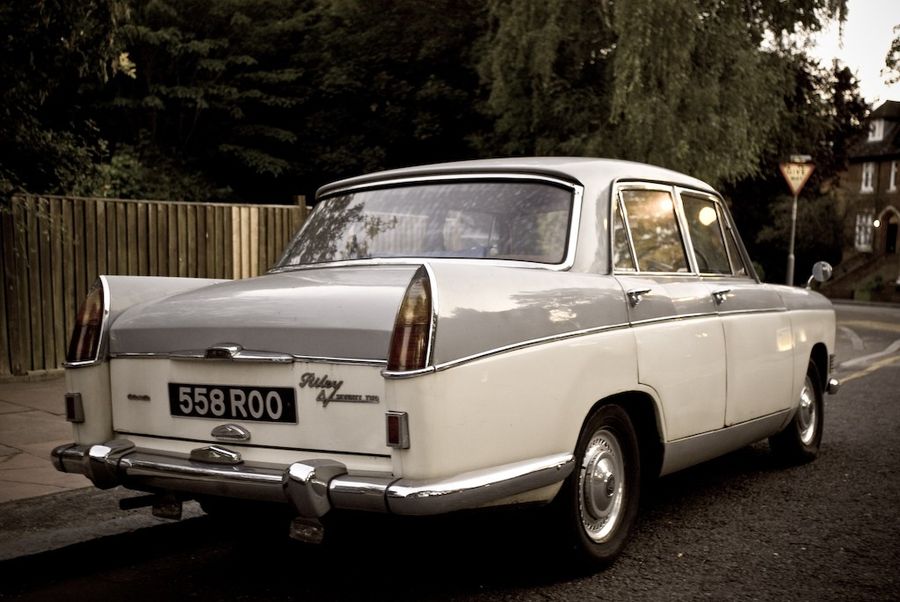
Driving and preserving a genuinely rare classic MG, even a flawed one, is a pleasing thought, and there’s also the point that the mechanical base is usefully proletarian with concomitant very low running costs. This is mechanically and structurally an Austin Cambridge, with a simple, long-stroke, unstressed B-series engine. Even if you had trouble finding spares for a 1489cc or 1622cc engine (which is unlikely), you could upgrade to a 1798cc unit from an MGB, potentially with an overdrive gearbox, to achieve an eminently usable and sensible daily driver. You wouldn’t even need to bother keeping a modern car as well, because the sturdiness and reliability of 1960s Austins will soon prove more trustworthy per mile than 2014 cars that can park themselves until one of the computers stops having a hissy fit. Stashing a box of critical mechanical spares in the capacious boot would be practical, sensible and very cheap. Mechanical spares are freely available from Earlpart and NTG Motor Services ( www.bmcfarina.com ).
Fuel economy is quite impressive too - a Magnette can achieve up to 30mpg, not bad at all for a big car with twin carbs, five comfy seats and a big boot. Plus there’s no road tax to pay, insurance rates are low, and you get to admire sharp British/Italian design lines every time you go anywhere. BMC’s British Farina cars, befinned and bechromed though they might be, are not just downsized imitation American cars like the US-owned Ford and GM brands of the period. A Ford Corsair is a little Thunderbird and a Vauxhall Cresta is visibly half a Chevy Fleetline, but a Farina BMC is its own creature, albeit with a family resemblance to Cousine Peugeot and Cogino Lancia.
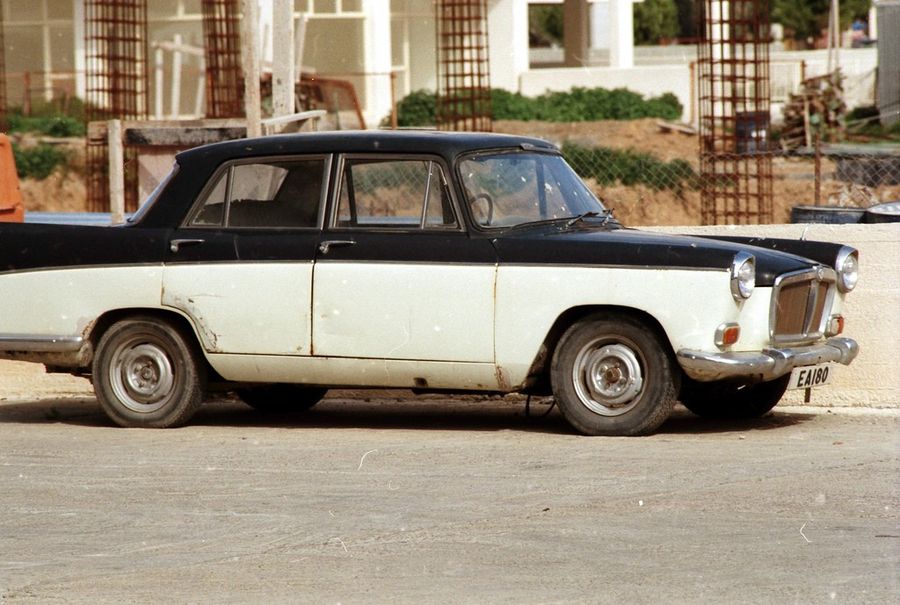
The word most often applied to the 1960s Oxbridge and its derivatives is ‘dull’, but that’s really rather out of date. You just have to learn to relax and stroll, rather than scuttling about at 2014 speeds. Acceleration is certainly not neck-snapping with 68bhp and 89lb.ft of torque from the larger 1622cc engine heaving 2500lbs around. Achieving 60mph takes some 20 seconds, so entering a motorway from an upward-sloped ramp requires confidence, but a top speed of 85mph means a cruising speed of 65mph, and in 2014 that’s not far off the average speed on camera-controlled motorways. The Farinas would certainly have been dull compared to a supercharged racing 1933 Magnette, but there’s absolutely no point in comparing the two. In 2014, we’re comparing them to a BMW of which a million were made last year. Now that’s what I call dull.
It was actually quite tricky to track down a Farina MG that was good enough to be worth photographing and driving: in fact it’s hard to find one that still moves under its own power, as most of them are either for, or past, restoration. Owner and enthusiast Mick Holehouse estimates that 50-60 MkIII Magnettes still exist, with about half of them in the USA where they were sold alongside the MGA. He thinks maybe 70-80 MkIVs survive; they weren’t exported to North America.
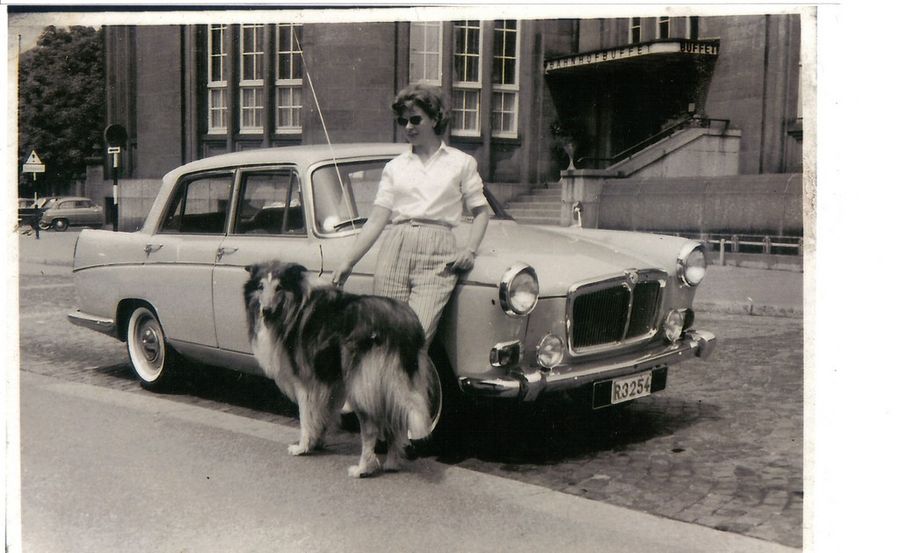
This example was re-imported from the USA and had formed part of a static collection where it hadn’t been used since the mid-1980s. That means it was retired from active duty when it was some 20 years old, which has contributed to its excellent condition. Even making it to ten years old without dramatic rusting was rare for these cars in the damp UK climate - they didn’t crumble quite as rapidly as Vauxhalls, but it was close-run thing. In those days, of course, underseal was an optional extra. Very little paint was applied to cars’ undersides, and winter road salt was left to do its worst.
The Varitone two-tone paint concept on earlier ZA/ZB saloon Magnettes was quite often carried over to the MkIII and MkIV cars although not designated as such, and that has happened in this case. The car was possibly originally just the paler blue colour, but somebody has painted the bottom half in a darker and metallic blue. There’s virtually no rust on this car’s body, so the lower-half respray is almost certainly cosmetic rather than applied to cover up anything unpleasant. On a MkIII the roof, boot and upper fins were the second colour, while on a MkIV the colour split is along the side swage line.
The lines of the car, whether Cambridge or Magnette, are sharp, clean and well balanced. The podgy and dumpy shapes of post-war Austins were transformed by the Italian pen of Pinin Farina, working with BMC stylist Dick Burzi, into a revival of confidence and colour.
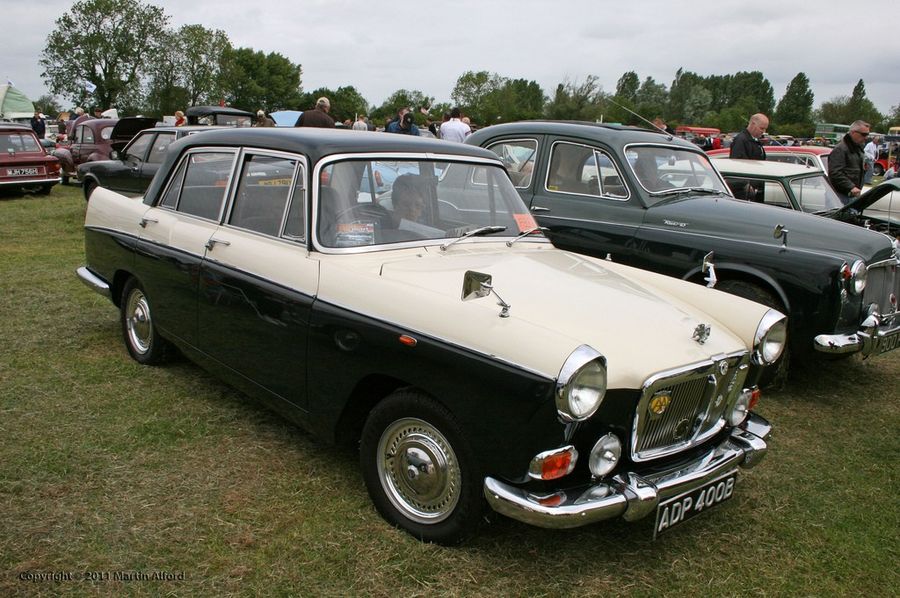
Burzi was an Argentinian of Italian extraction, and it seems that Italians are genetically almost incapable of designing ugly cars. The Cambridge/ Magnette may not be a Flaminia GT, but it’s still a nice-looking car. ‘Nice’ is a word that came up a lot while driving, examining and photographing this car. It’s nice to look at, the interior design is nice in leather and wood, and the best word to describe the experience of driving it is also... nice. And that’s not intended to damn the car with faint praise. It’s not fast, but it has plenty of 1960s flavour and is easy and pleasant to conduct. The twin SU carbs have the hint of an MGB rasp, and the synchro-less first gear makes a familiar and very appealing period whine. Making a car of this type proceed quickly is hard work and rather unnatural, so I just enjoyed a sunlit country lane amble in it. Bob Johnson, who recently imported the car from the US, gave it rather more of a workout, and it responded with safe and stable handling - in the later MkIV form, it’s actually more athletic than it looks, and it could use more power and better brakes to advantage.
If I owned one, I would consider fitting an MGB engine and an overdrive gearbox for less leisurely acceleration and more leisurely cruising, after which it would be even nicer. The enthusiasts say it’s better with the smaller engines and there’s some engineering involved in fitting the O/D box, so a back-to-back comparison would be wise before changing anything. The front hubs are reputedly shared with the MGA, so a disc-brake conversion would be practical and not too expensive.
At the time of writing, this particular example is for sale through Bob Johnson in Coventry, who re-imports mostly British cars from the USA and restores them for sale. A visit to his yard is fascinating anyway - I spotted several post-vintage Jags, a Jensen, many Nash Metropolitans, a Lea-Francis woody and many dead MGs. The Magnette has a current MoT and virtually no rust, and the price is £5950. The recorded mileage is 53,000 which sounds plausible given the car’s condition. Call Bob on 02476 349879, or have a virtual amble around his workshop at if it takes your fancy.
Thanks MGEnthusiasts for this article.









